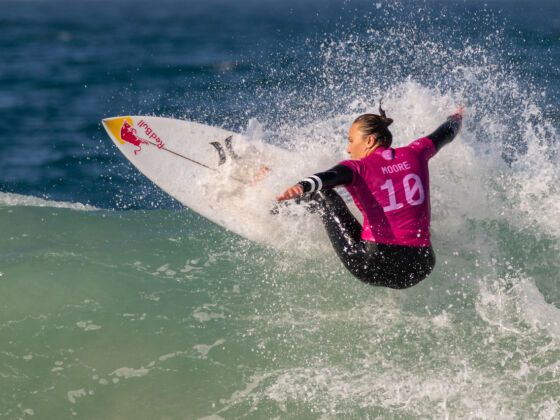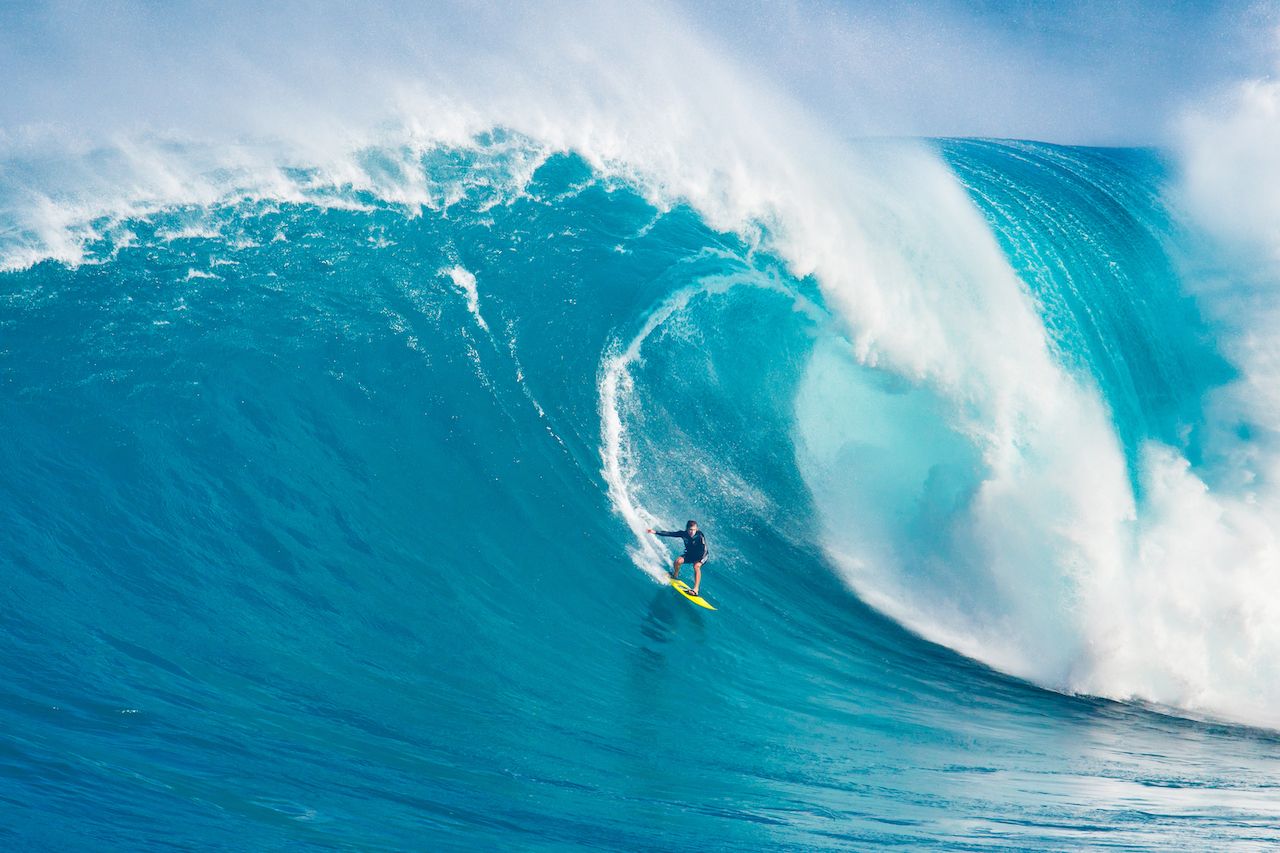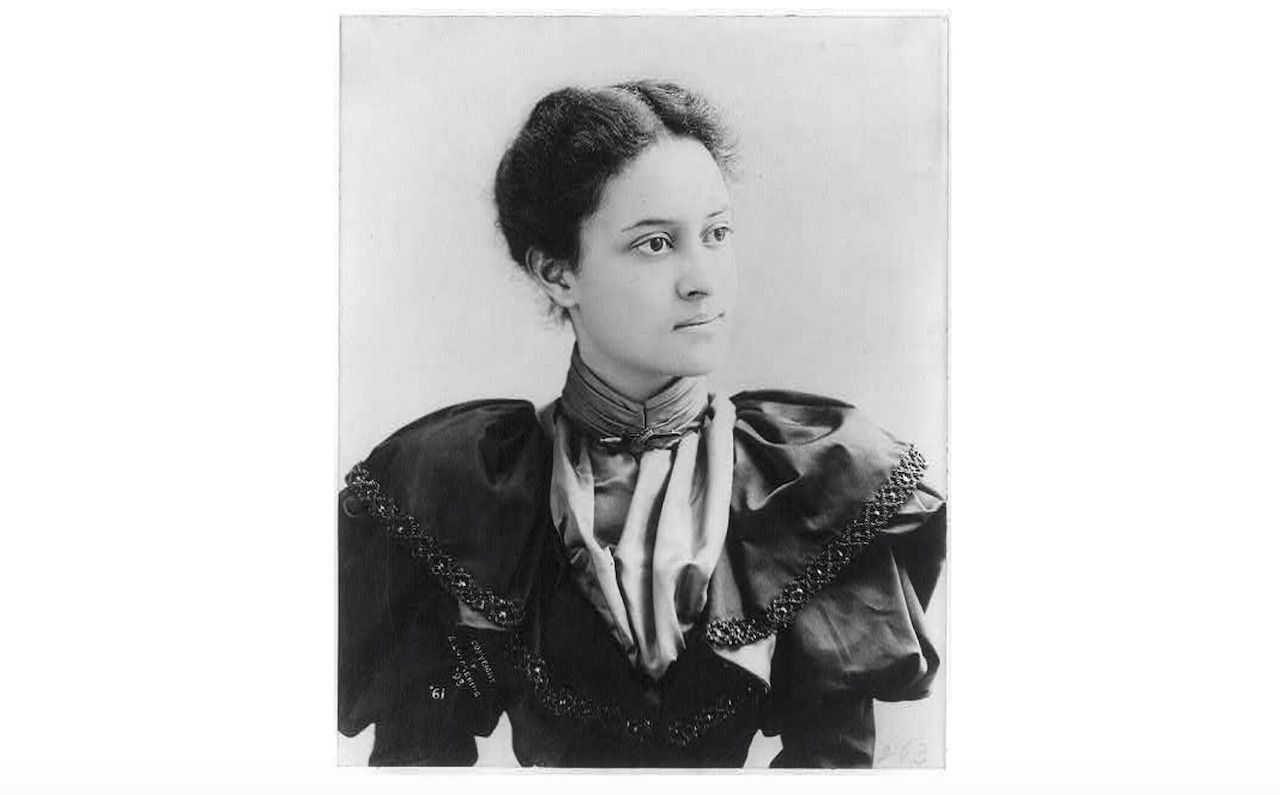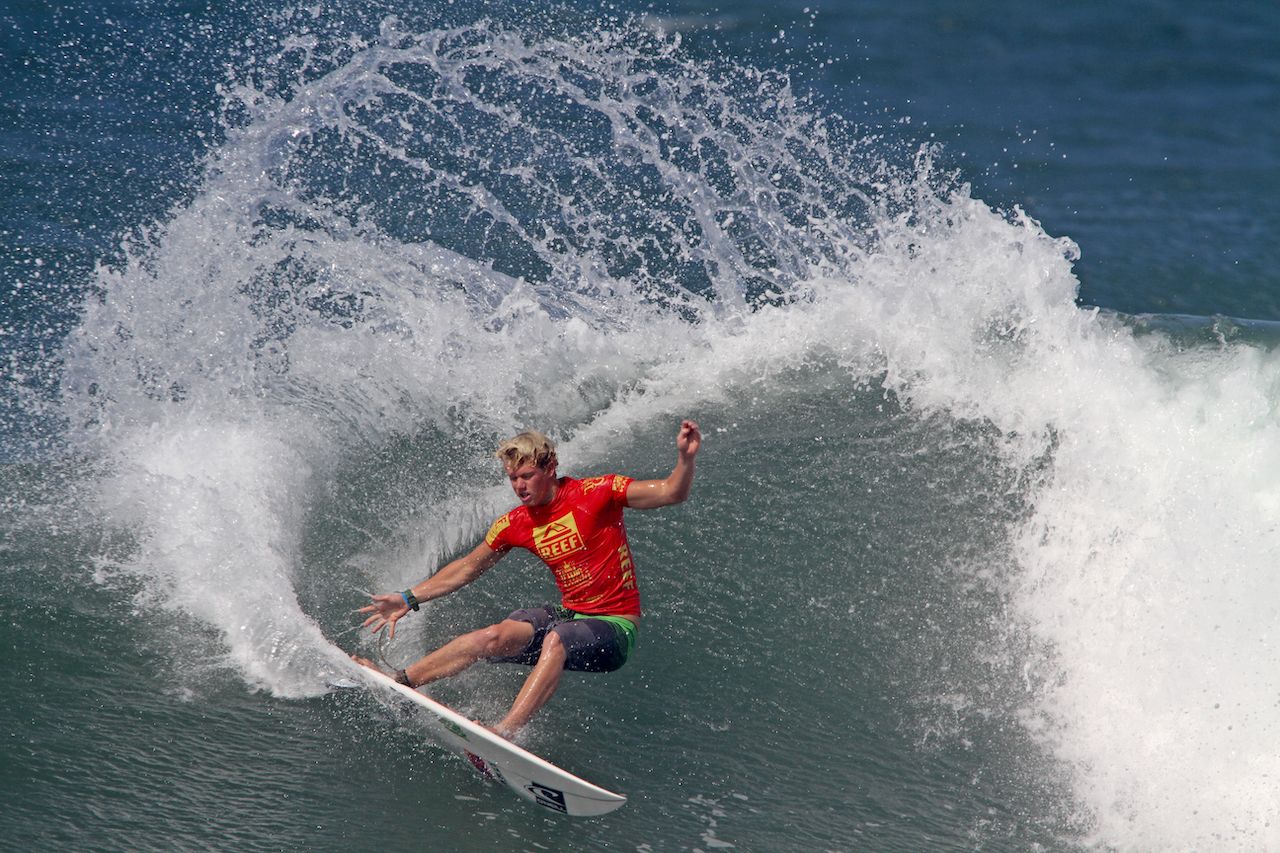On Sunday, July 23, the sport of surfing will debut at the Tokyo Olympic Games. World champion Carissa Moore is heavily favored to win in the Women’s category. But, for the first time ever, the Honolulu native won’t be permitted to compete under the Hawaiian flag.
Surfers from Hawaii will have to compete under the US flag, and many Native Hawaiians feel ambivalent about that.
“The conflict I, and many other Native Hawaiians, feel about Carissa and John John [Florence] surfing under the United States flag goes back to the illegal overthrow of the Hawaiian Kingdom,” says Kalani Ka‘anā‘anā, Chief Brand Officer for the Hawai‘i Tourism Authority.





